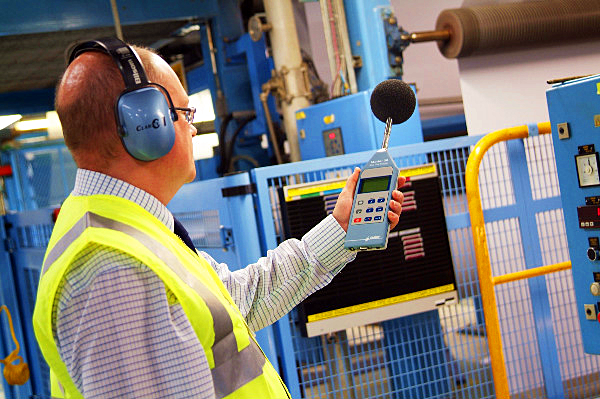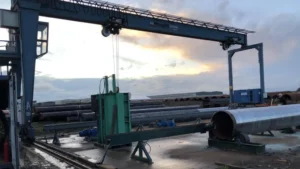HSE has found widespread shortfalls in how employers manage hearing protection for staff exposed to high noise levels.
- The Health and Safety Executive’s latest inspection campaign has uncovered “serious gaps” in how UK workplaces protect employees from excessive noise.
- The findings have revealed stark training failures, with 80% of workers receiving no instruction on correct use and 95% of employers failing to check if warning alarms were audible.
- In response, the HSE is promoting a new “CUFF” checking system to help employers assess and improve their hearing protection programmes.
The Health and Safety Executive’s (HSE) latest inspection campaign has uncovered “serious gaps” in how UK workplaces protect employees from excessive noise.
The findings showed that many employers were failing to manage hearing protection effectively, leaving staff at risk of long-term damage.
HSE principal specialist inspector, Chris Steel, said: “The gaps that we found in implementation are serious. They place an added risk to workers of excessive exposure to noise when they may believe they are being protected.
“If your defence against workplace noise is to give your workers hearing protection then you need to check that it works.”
The inspections found that one in four workplaces had noise levels requiring mandatory use of hearing protection.
Employers are legally responsible for ensuring that such protection is both properly provided and correctly used, but evidence revealed significant weaknesses in implementation.
At high-noise sites, more than 75% of workers did not know how to store their hearing protection, check it for damage, or report faults to employers.
Nearly two-thirds (63%) had not been told that protection must be worn continuously during exposure to harmful noise levels.
Training failures were stark. Four out of five workers (80%) had received no instruction on correct wearing techniques.
Many were unaware of the need to avoid interference from hats and hoods, keep hair clear of earmuffs, or ensure that hearing protection was compatible with other personal protective equipment such as helmets and safety glasses.
Perhaps most alarmingly, 95% of employers had not checked whether staff using hearing protection could still hear essential warning signals, such as fire alarms or reversing vehicle alerts.
This oversight created an additional safety risk on top of exposure to damaging noise.
Steel said: “How confident are you that the hearing protection you have supplied is in good order, is being worn when it should be, how it should be, and that it is not stopping your workers from hearing warning signals?”
To improve compliance, HSE has launched the CUFF checking system, designed to help employers assess the effectiveness of hearing protection programmes.
The acronym highlights four key areas: Condition (ensuring equipment is intact), Use (confirming protection is deployed when required), Fit the ear (checking correct wearing), and Fit for purpose (verifying specification is suitable for the workplace).
HSE said its specialists will continue to raise awareness through industry events and webinars, offering practical advice on how to use the CUFF system and embed effective hearing protection practices.
The campaign reinforces the importance of employers taking a proactive role in preventing noise-induced hearing damage, which remains one of the most common occupational health risks in the UK.






